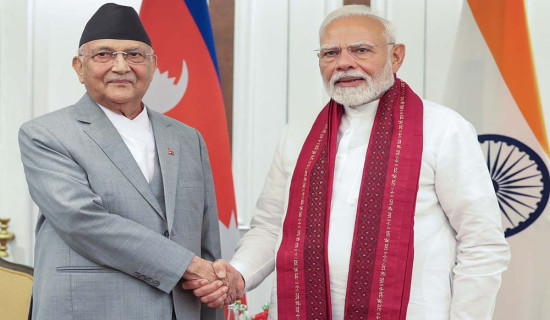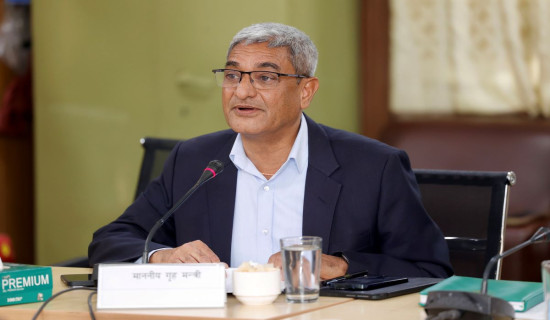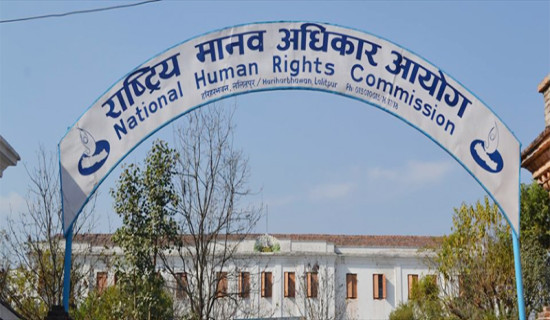- Saturday, 5 April 2025
Myanmar In Trouble
Last week, Myanmar’s Sagaing region was hit by an earthquake of 7.7 magnitude on the Richter scale. As of Thursday noon, the death toll has exceeded 3,000, while more than 4,500 others have been injured in Myanmar. Situated between the Indian and Eurasian plates, Myanmar is a less-developed country. Its weak infrastructure, poverty and ongoing civil war have created a disastrous time for the public. The earthquake was so powerful that its shocks were experienced in even neighbouring Bangladesh, India, China, Thailand and Laos. Post the first quake, the country recorded another tremor of 6.7 magnitude. Experts say that the country has experienced probably the biggest earthquake in decades.
Weak building codes remain a key issue in the nation as the calamity caused huge havoc to infrastructures. Pictures show buildings had toppled and bridges and roads all collapsed.
The effect of the natural calamity was evident in Thailand as almost two dozen people lost their lives and over 70 are said to have gone missing. It is reported that hundreds of buildings in the country have been damaged. Such a dire situation has pushed a humanitarian crisis in Myanmar. The international community has begun pouring in relief aids for the disaster-hit. As a sign of goodwill, Nepal, too, has dispatched a military plane with relief to provide required assistance. China, Malaysia and other countries are also providing relief.
However, it was reported that the Chinese Red Cross Society convoy carrying earthquake relief was openly fired on by Myanmar's military. The junta has said that it fired shots in the air after the convoy did not stop even after being signaled to do so. This situation has brought international condemnation, with international organisations like the United Nations demanding that the relief efforts be allowed without any kind of impediment. After a military coup in 2021, the military junta took over the role of government in Myanmar, putting an end to democratic rule. Since then, many armed rebel groups have been involved in civil war with the military.
Given the earthquake and the need for aid, the agitating groups, as per media reports, have already declared a ceasefire until April 22 for relief distribution. The junta government has also followed suit just recently to ease rescue efforts. Since Myanmar is a Least Developed Country (LDC), it is weak in key socio-economic indicators of development, with low per capita, weak human assets and high economic vulnerabilities. It is predicted that the destruction will be more than the country’s gross domestic product (GDP). So, the country requires extensive support from the international community. Besides relief, the country will now have to focus on long-term rehabilitation and reconstruction initiatives.
As earthquake preparedness remains a central issue, Myanmar will have to develop stronger building codes. The double and triple whammies of challenges faced by the country can only be tackled with political stability and effective governance. The civil war must head towards closure. In this critical time, the people should be put in top priority. Myanmar’s case shows how challenging it is for a civil war-hit nation to handle the post-disaster situation. The earthquake has unravelled and made structural issues of the country more pronounced. To find a way out from this mess, Myanmar requires a strategic approach, both domestically and internationally.



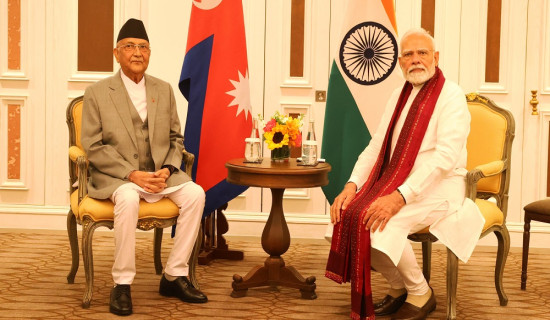
-square-thumb.jpg)
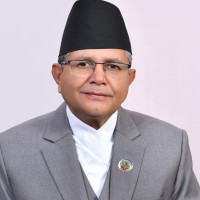



-original-thumb.jpg)

